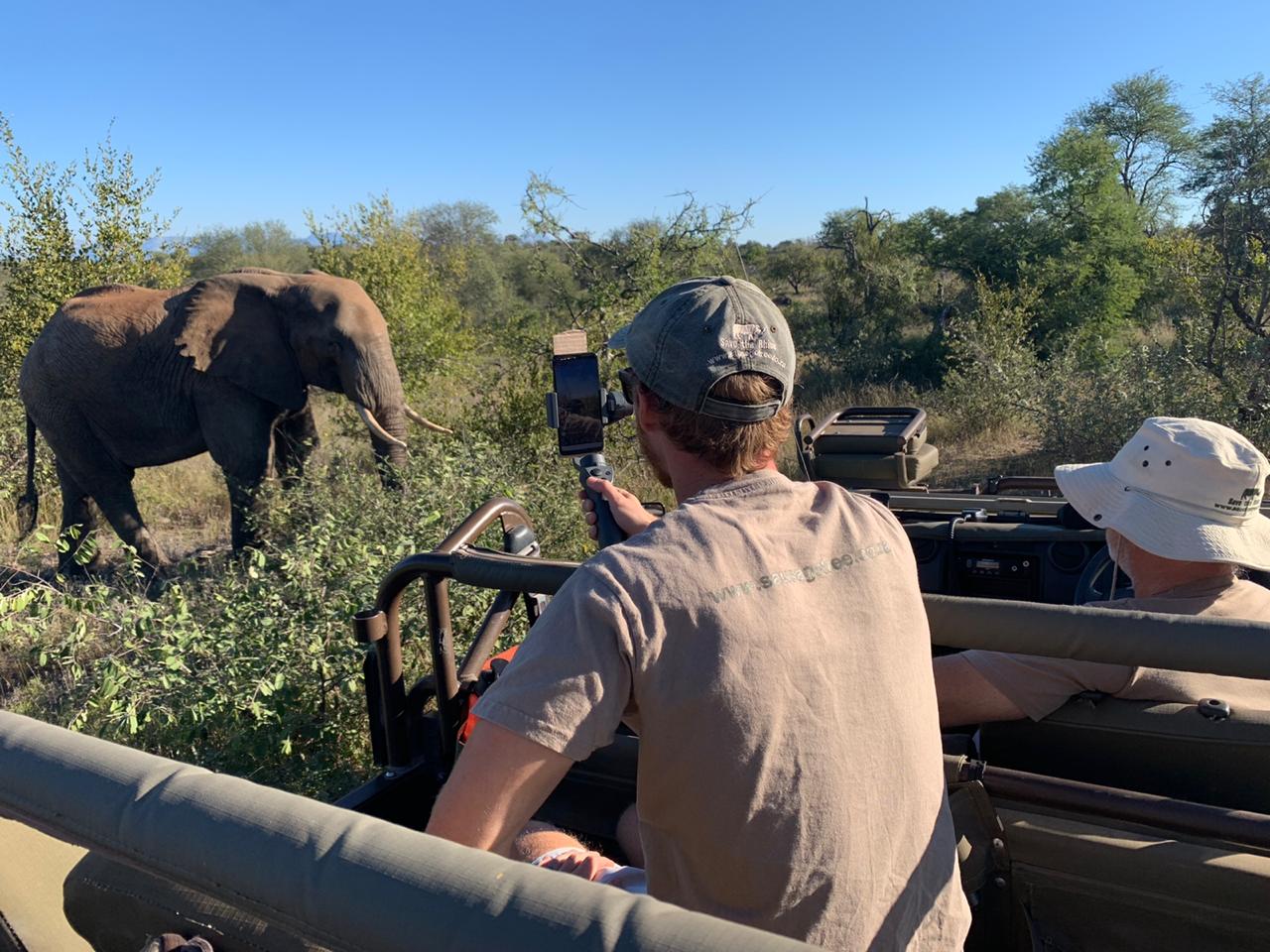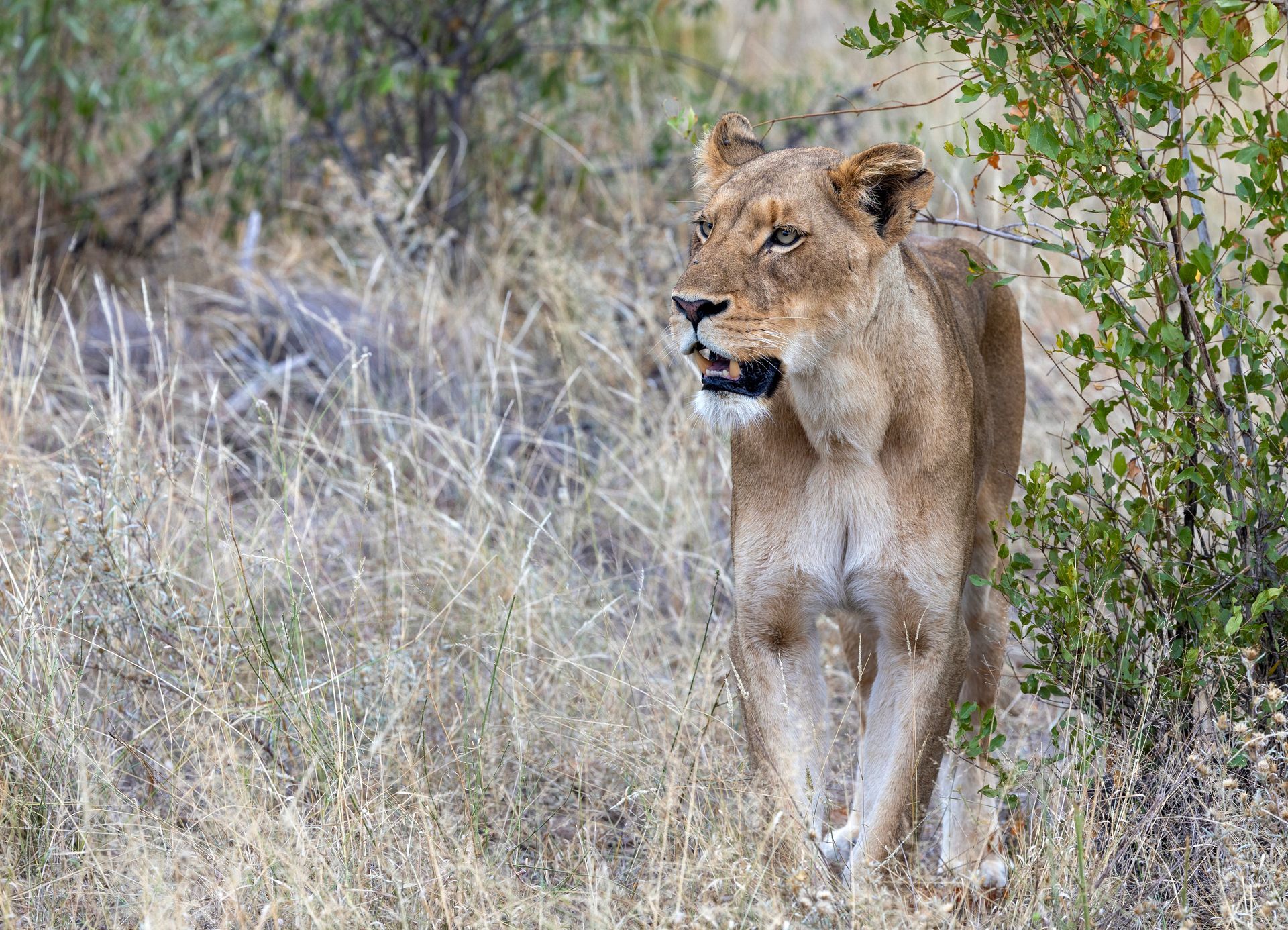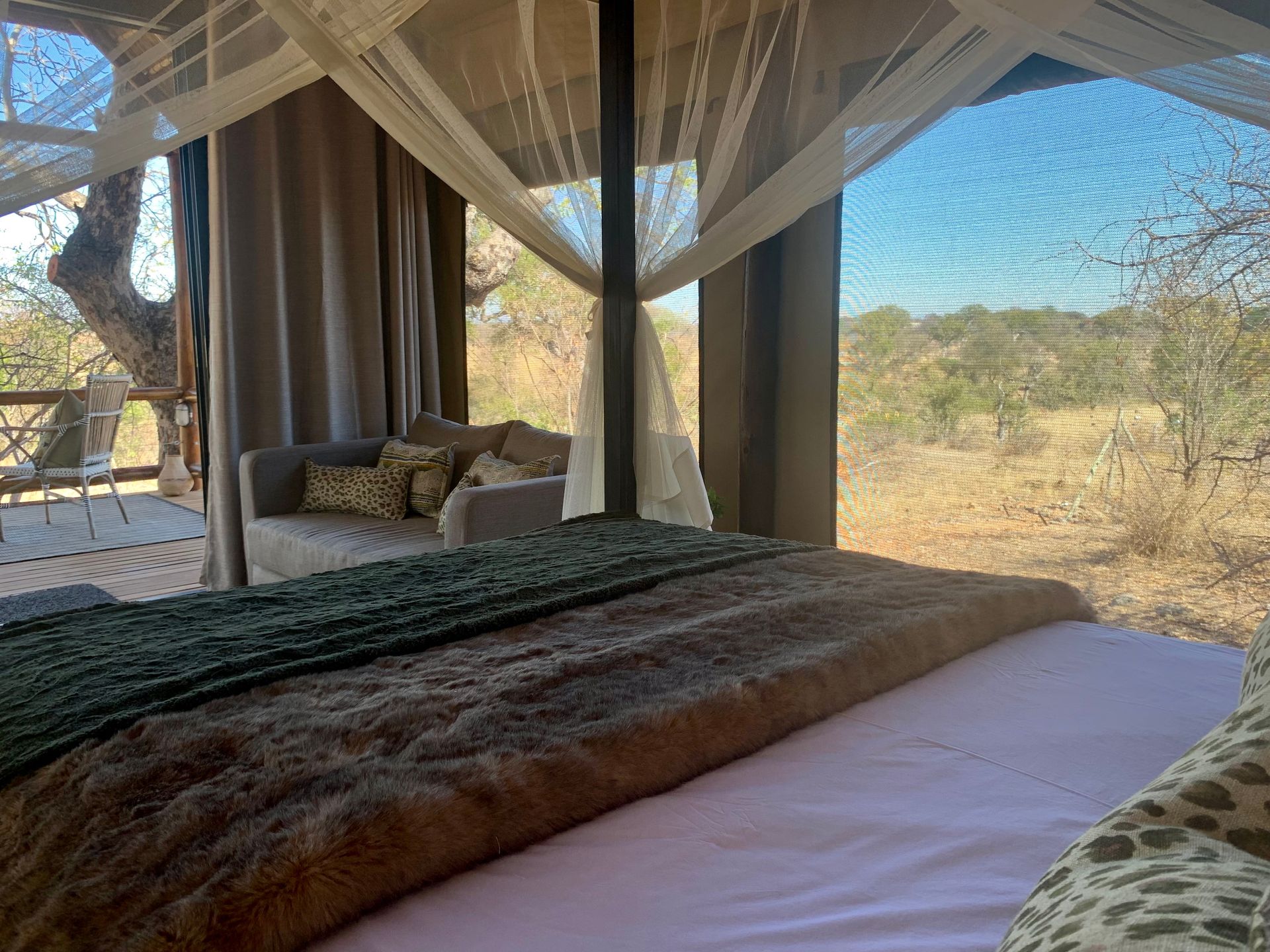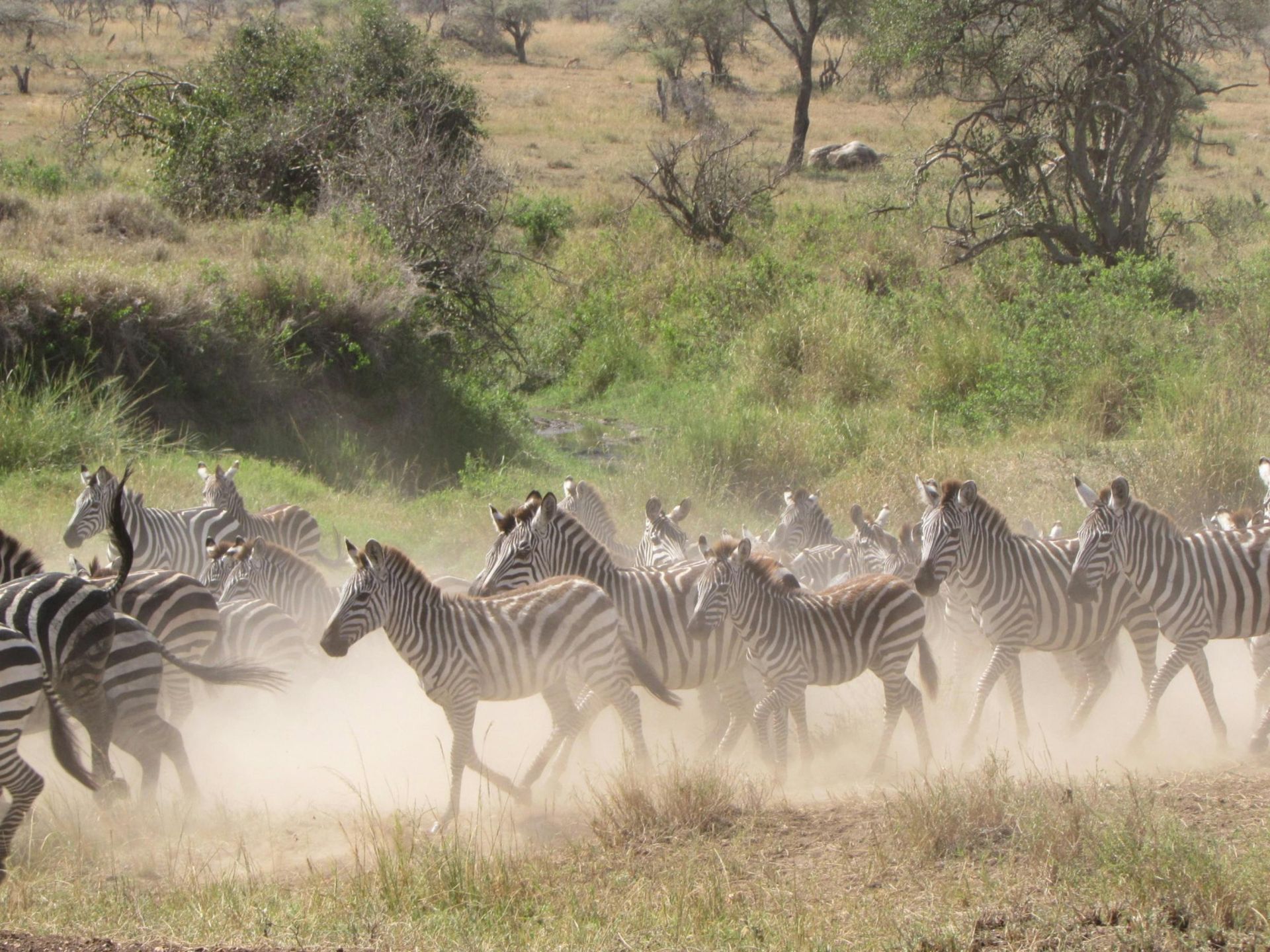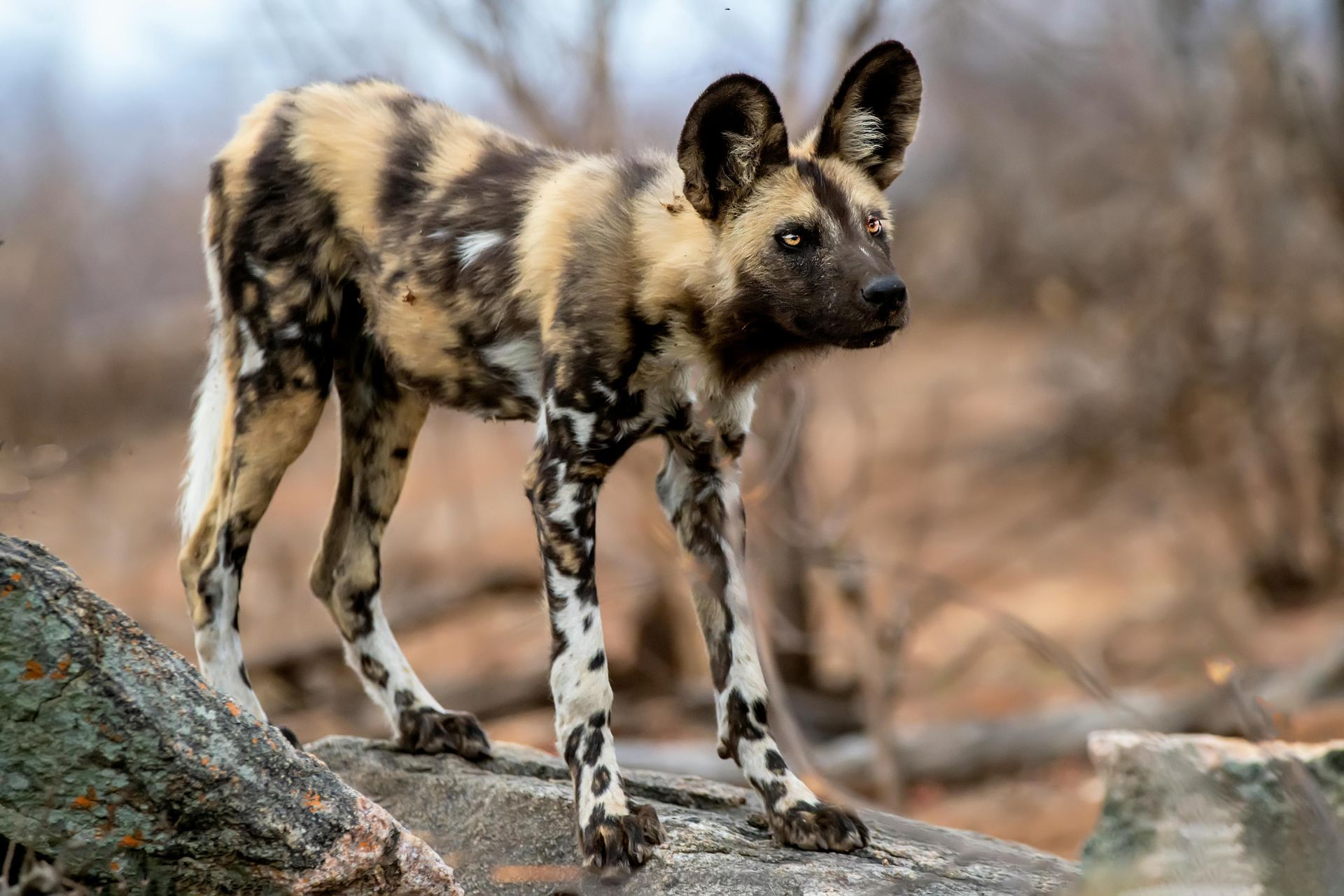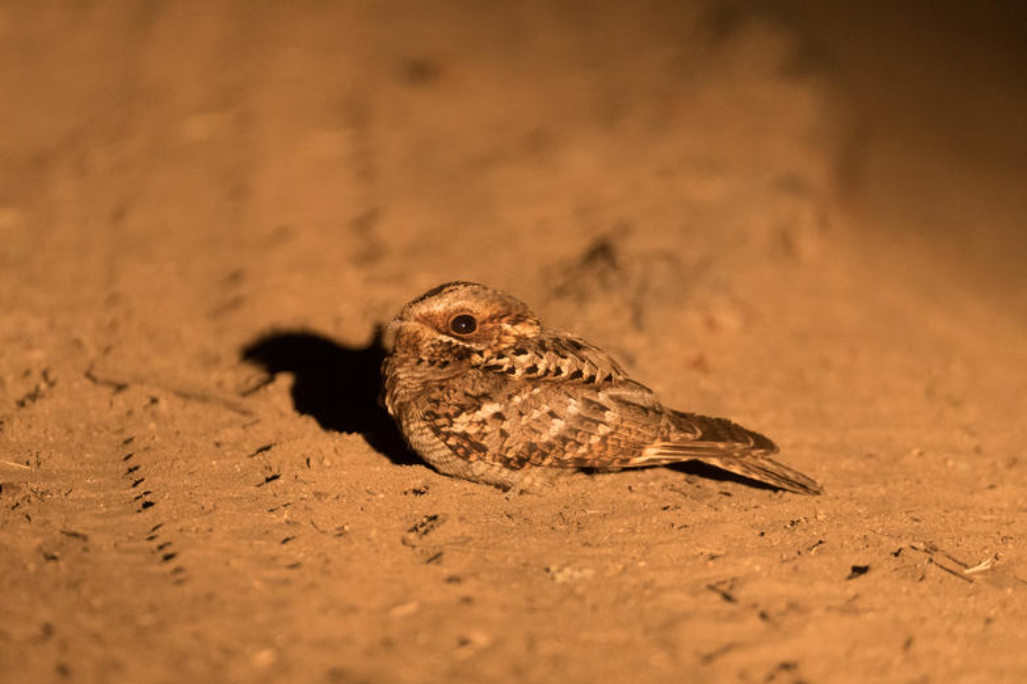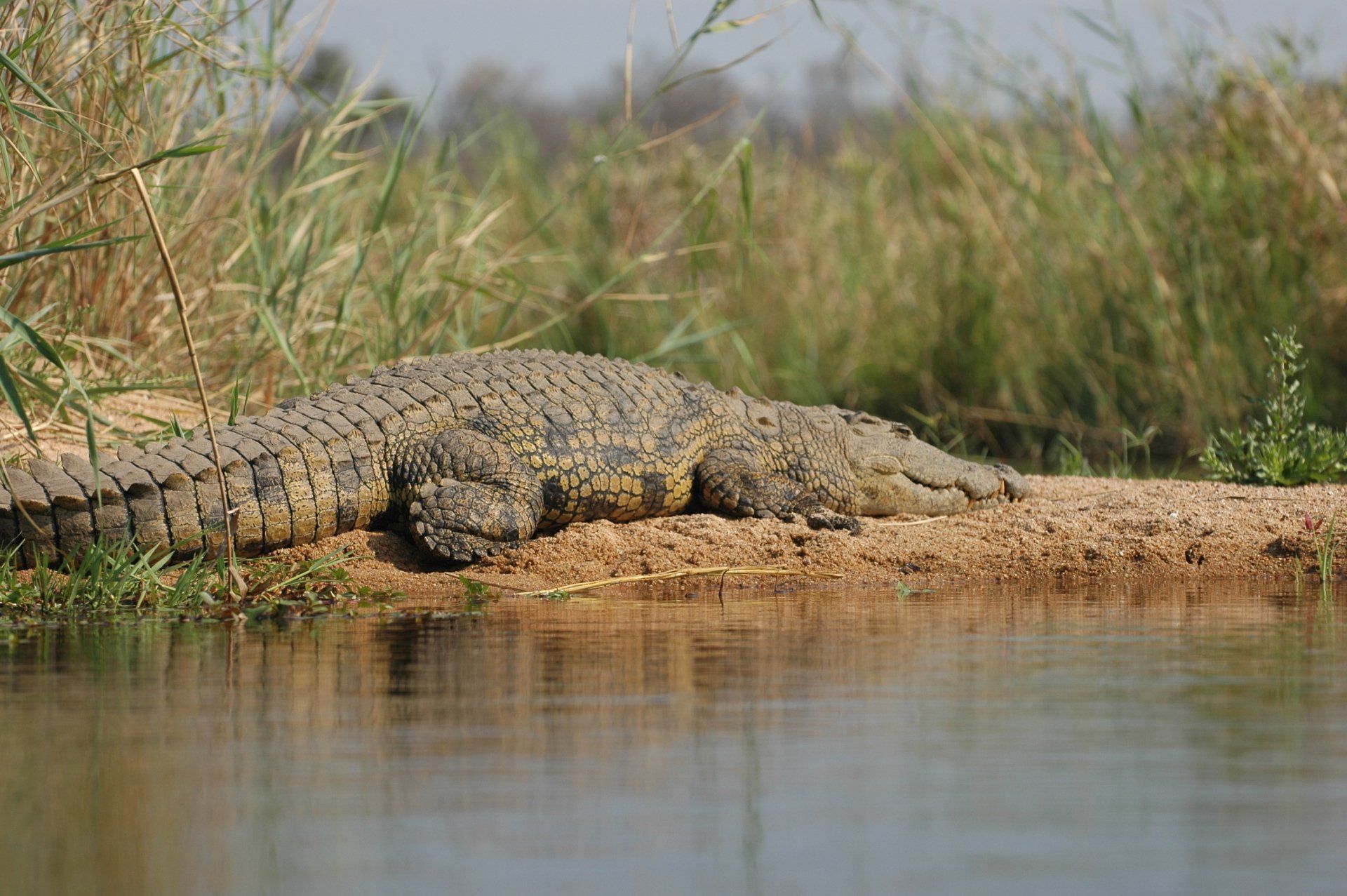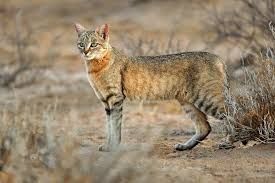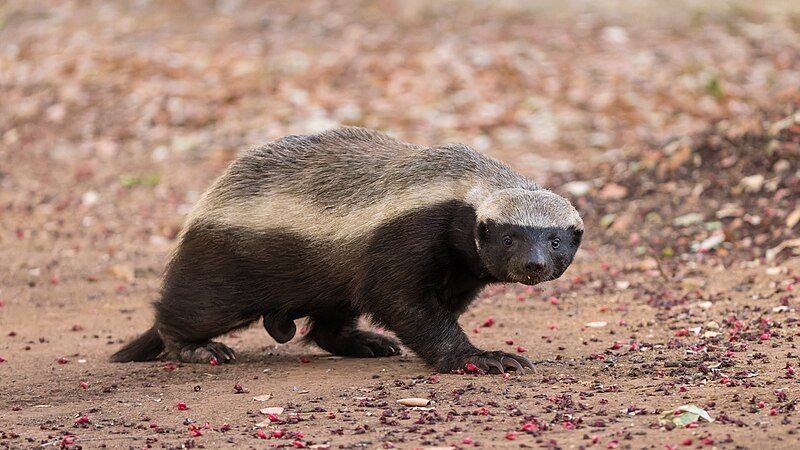
Experience Luxury Safaris at Sausage Tree Safari Camp | Greater Kruger National Park
Book your luxury safari experience at Sausage Tree Safari Camp today.
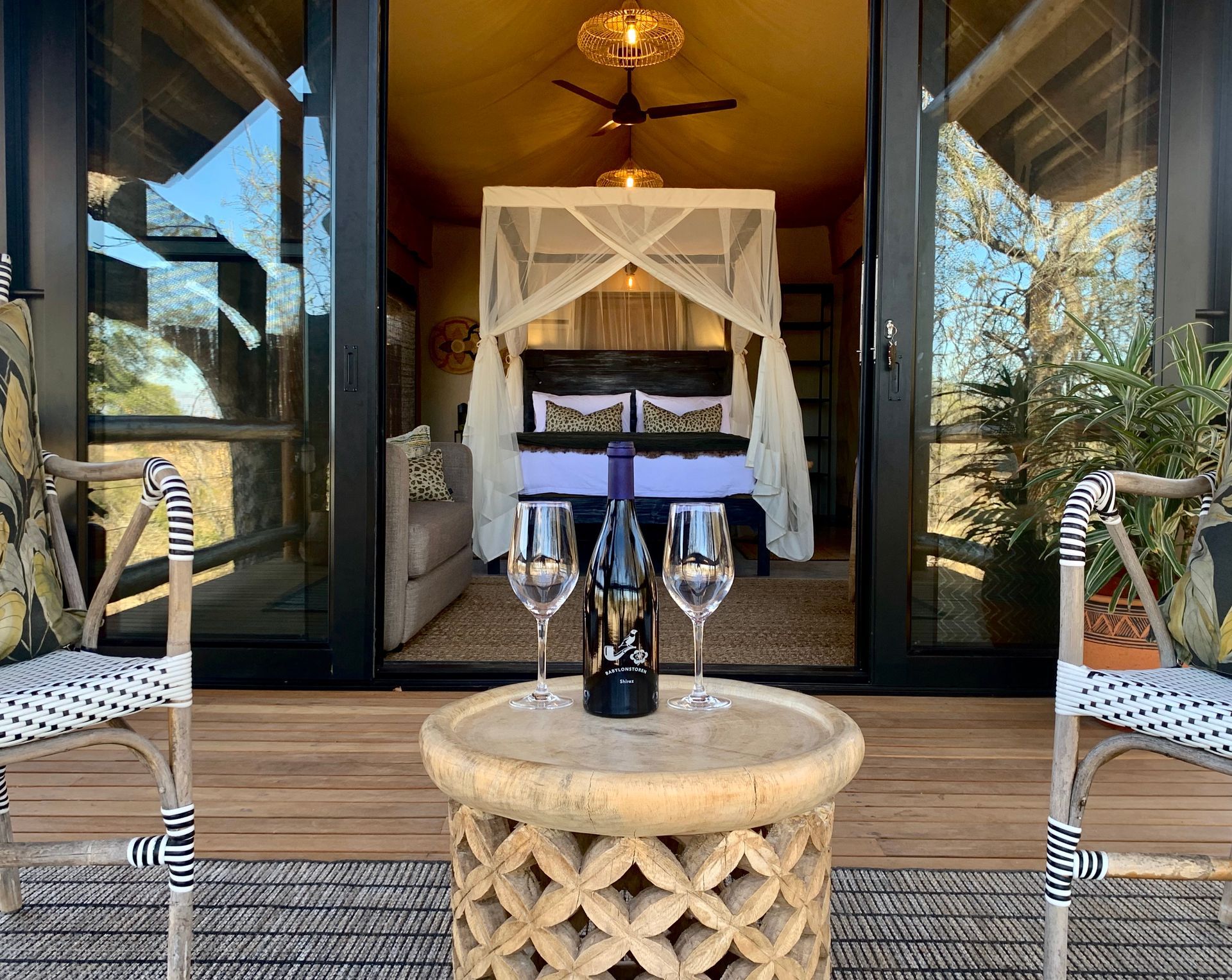
Nestled in the heart of the Balule Nature Reserve, part of the prestigious Greater Kruger National Park, Sausage Tree Safari Camp offers an intimate and luxurious safari experience that combines untamed wilderness with sophisticated comfort. This exclusive camp provides guests with an authentic African adventure while maintaining the highest standards of luxury and personal service.
Location and Natural Setting Strategically positioned within one of Africa's most renowned wildlife areas, Sausage Tree Safari Camp benefits from its location in the Greater Kruger ecosystem, a vast protected area that supports an incredible diversity of wildlife. The camp overlooks a scenic dry riverbed, offering guests spectacular views of the surrounding bushveld and the majestic mountains beyond.
The Greater Kruger National Park is recognized as part of UNESCO's Man and Biosphere Programme, highlighting its significance in global conservation efforts. This pristine wilderness area is home to over 147 mammal species and 500 bird species, making it one of Africa's premier wildlife viewing destinations.
Luxury Accommodation The camp features five meticulously designed, African-styled luxury safari tents that epitomize the perfect balance between wilderness immersion and refined comfort. Each tent has been thoughtfully positioned to ensure maximum privacy while offering uninterrupted views of the surrounding landscape.
Our luxury tents include:
- Spacious en-suite bathrooms with freestanding baths
- Private outdoor showers for an immersive nature experience
- Elegant furnishings that reflect African design elements
- Comfortable viewing decks for private game watching
The Safari Experience At Sausage Tree Safari Camp, we pride ourselves on delivering exceptional safari experiences that cater to both adventure seekers and those seeking relaxation. Our experienced guides lead twice-daily game drives in specially equipped 4x4 vehicles, offering the best opportunities to encounter the Big Five - lions, leopards, elephants, rhinoceros, and Cape buffalo.
Morning drives begin at dawn, when the African bush comes alive with activity. As the sun rises, guests have the opportunity to witness predators returning from their nocturnal hunts and herbivores emerging to graze in the cool morning air. Afternoon drives culminate in the cherished safari tradition of sundowners, where guests can toast the setting African sun while reflecting on the day's adventures.
Unique Activities and Experiences Beyond traditional game drives, we offer a range of activities designed to enhance your safari experience:
- Guided Bush Walks Expert rangers lead intimate walking safaris that allow guests to discover the smaller wonders of the African bush. These educational experiences provide insights into tracking, plant life, and the intricate relationships within the ecosystem.
- Night Drives Exclusive night drives reveal the mysterious world of nocturnal wildlife, offering chances to spot elusive creatures like leopards, hyenas, and smaller nocturnal species that are rarely seen during daylight hours.
- Photography Opportunities Whether you're an amateur enthusiast or a professional photographer, our guides are trained to position vehicles optimally for wildlife photography, ensuring you capture memorable moments of your safari experience.
Conservation and Sustainability Sausage Tree Safari Camp is committed to responsible tourism and conservation. Our presence in the Greater Kruger National Park contributes to vital conservation efforts through guest conservation levies that support anti-poaching initiatives and ecological programs.
We maintain strict traverse rules to minimize our impact on the environment and ensure wildlife can behave naturally in their habitat.
Dining Experience Our camp offers an exceptional dining experience that combines local flavors with international cuisine. Meals are prepared by skilled chefs using fresh, locally-sourced ingredients, and are served in various stunning locations around the camp. From bush breakfasts to candlelit dinners under the African stars, each meal is crafted to be a memorable part of your safari experience.
The Perfect Guest Experience Sausage Tree Safari Camp caters to various types of travelers, from adventure seekers to those seeking a peaceful retreat in nature. Our intimate camp setting is ideal for:
- Wildlife enthusiasts eager to encounter Africa's iconic species
- Photographers seeking perfect wildlife shots
- Couples looking for a romantic safari getaway
- Nature lovers wanting to connect with the African wilderness
- Eco-conscious travelers interested in sustainable tourism
Best Time to Visit The Greater Kruger area offers excellent game viewing year-round, though each season brings its own unique advantages. The dry winter months (May to September) typically provide the best wildlife viewing opportunities, as animals concentrate around water sources. The summer months (October to April) bring lush vegetation and newborn animals, along with spectacular bird watching opportunities.
Making Your Reservation To ensure an intimate safari experience, Sausage Tree Safari Camp maintains limited occupancy. We recommend booking well in advance, especially during peak seasons, to secure your preferred dates.
Sausage Tree Safari Camp offers more than just accommodation; it provides an immersive journey into one of Africa's most spectacular wilderness areas. Our combination of luxury amenities, expert guiding, and prime location in the Greater Kruger National Park creates an unforgettable safari experience that will leave you with lasting memories of Africa's wild beauty.
For those seeking an authentic African safari experience without compromising on comfort, Sausage Tree Safari Camp represents the perfect choice. Here, the romance of traditional safari meets modern luxury, creating an experience that captures the true essence of an African adventure.
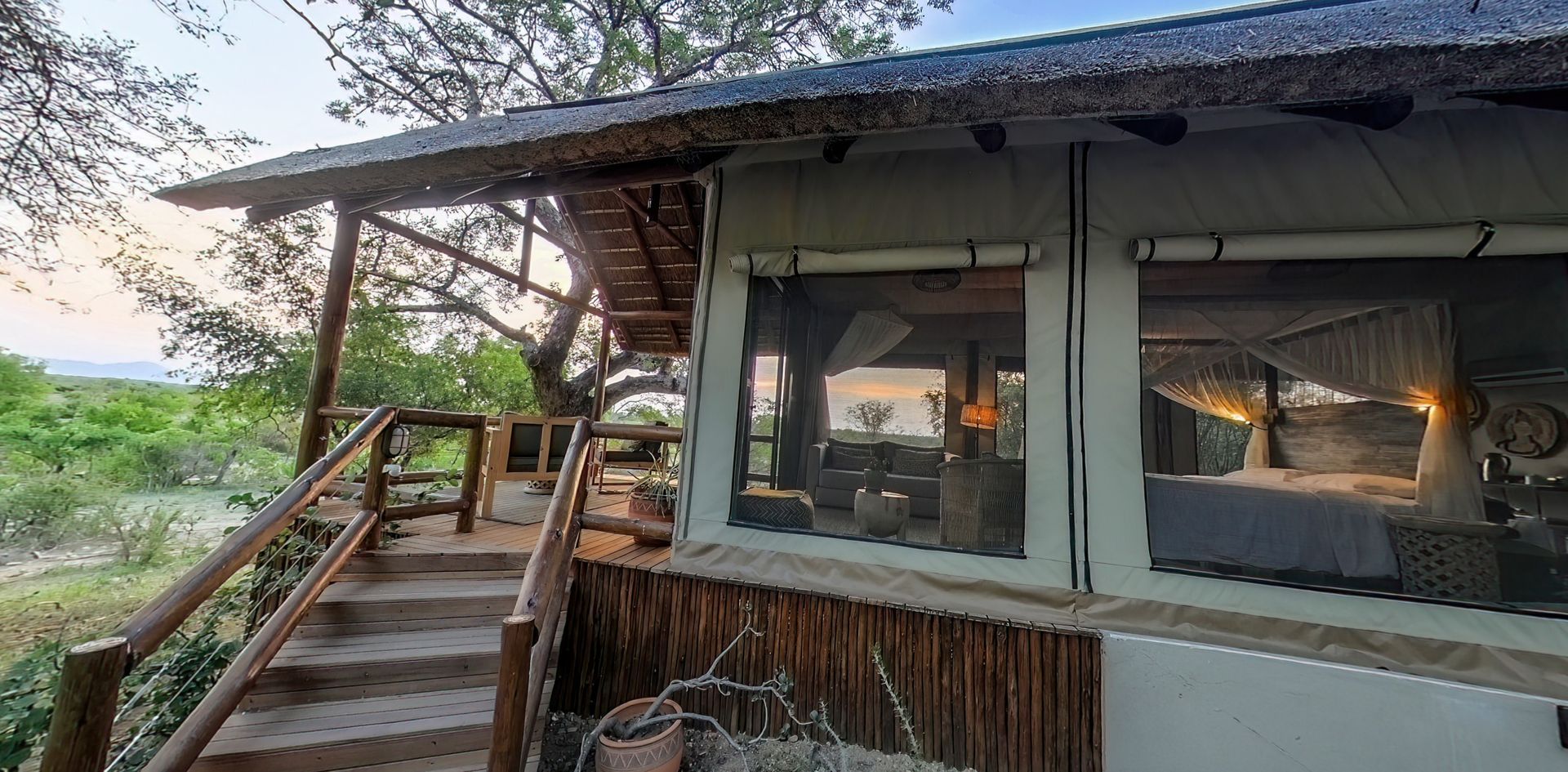
GREATER KRUGER PARK
25 Cambridge
Olifants West Nature Reserve,
Hoedspruit, 1380
Website built by
www.safariweb.online
Contact Us
Tel/Fax: +27 (0)15 793 0098
Emergency (A/H): + 27 (0) 83 682 3331
Email: info@sausagetree.co.za
